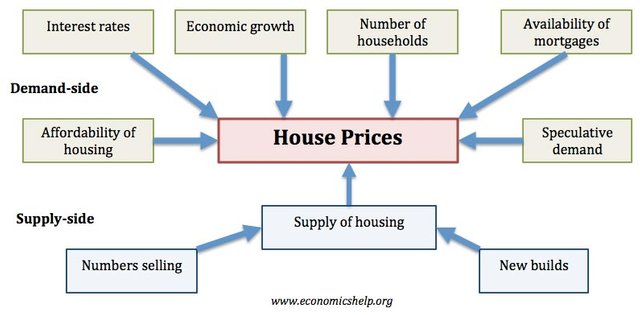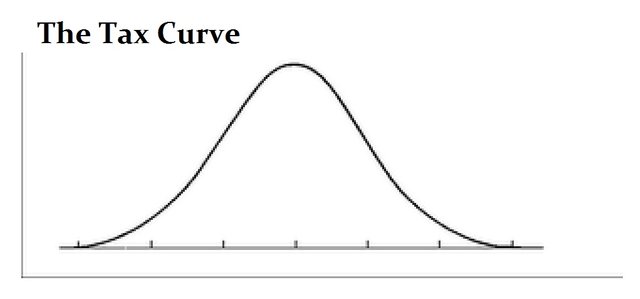RE: One Bit News - Economy - Issue 15
Between 2000 and 2006, US real estate prices rose nearly 60%
in nominal terms before starting to fall in the summer of 2007.
?? This rise in prices was the result of a sharp rise in demand for housing and a relative scarcity of supply due to the lack of available land in the most urbanized states and perhaps lack of competition. in the construction sector. In addition, demand for housing had risen sharply for reasons of unsustainable nature: a relaxation of the conditions of access to mortgage credit, excessive expectations of real estate price increases and a durably accommodative monetary policy.
the following elements are taken from an article published in 2008 entitled "The determinants of long-term interest rates in the United States and the euro zone: a multivariate approach" and co-authored by Julien Idier, Caroline Jardet and Aymeric de Loubens. It examines the factors influencing US and European long-term interest rates between 1986 and 2005. These rates show a downward trend over the past fifteen years. This can be explained by traditional fundamentals such as declining macroeconomic volatility, low inflation expectations, or increased transparency of monetary policies.
Nonetheless, long-term interest rates show surprising recent momentum in the United States and the euro zone, for various reasons, in light of their traditional determinants. In particular, in the United States, long-term interest rates have remained constant around 4% despite a widening of fiscal deficits since 2002, a tightening of monetary policy started in mid-2004, the improved growth prospects over this period. In the euro zone, the downward trend in long-term rates is less surprising than in the United States. Between June 2003 and November 2005, the European Central Bank (ECB) kept its key rate at 2%, with GDP growth between 2% and 3.5%. However, the concomitant trend of downward trends suggests that a possible transmission of the low level of interest rates from the United States to the euro zone may be taken into consideration.

Relatively to the question of "how the goverment are starting to raise taxes" these are somme points explaining the causes behind which the public monetary authorities proceed to the increase of the taxes and the mechanisms which are at their disposal.
When a state wants to reduce its fiscal deficit, it has two options: increase tax revenues while keeping spending constant or reducing public spending to stable tax revenues. The second choice is usually the most difficult to operate: public expenditure is sometimes structural (such as the payment of civil servants' salaries) and therefore incompressible in the short term.
This is why, when we try to reduce public deficits, we are most frequently moving towards taxation. This is all the more easy since, a priori, a rise in taxes translates almost instantaneously into an increase in tax revenue. Therefore, if the state does not increase its expenditures, the additional revenue can fill part of the deficit.
But this reasoning is only valid in the short term. However, the medium and long-term repercussions of such a policy must also be taken into account. Businesses and households are not indifferent to tax increases. They adapt their behavior accordingly, which has an impact on tax revenues.
For example, one thinks of the famous formula commonly associated with the work of the economist Arthur Laffer: "Too many taxes kill taxes!" According to him, for a given amount of tax revenue, there are two possible tax rates (see graph 1): a low rate and a high rate - and it is naturally advisable to choose the lowest. Otherwise, it would result in a general discouragement of economic agents - they no longer have motivation to work or invest more because of the excessive taxation of the extra income procured. Such a situation would have a negative impact on productivity and growth and, as a result, affect the level of government revenue in the long run.
